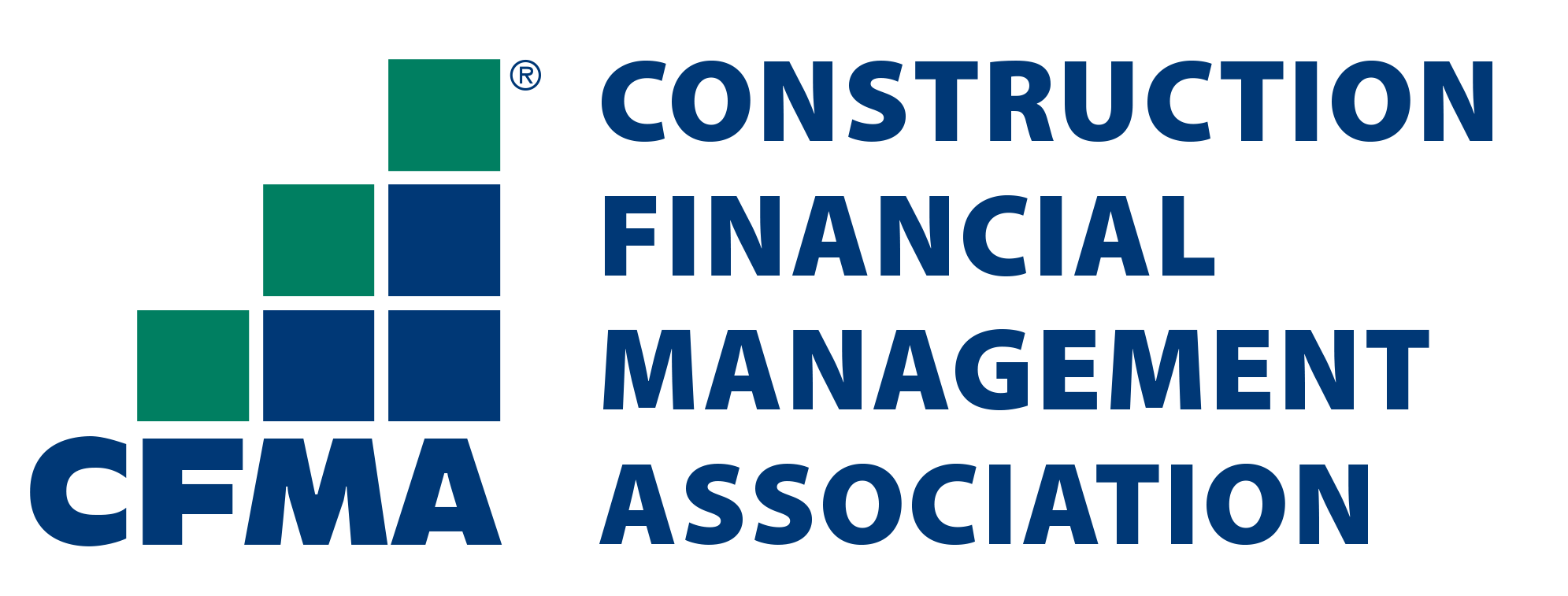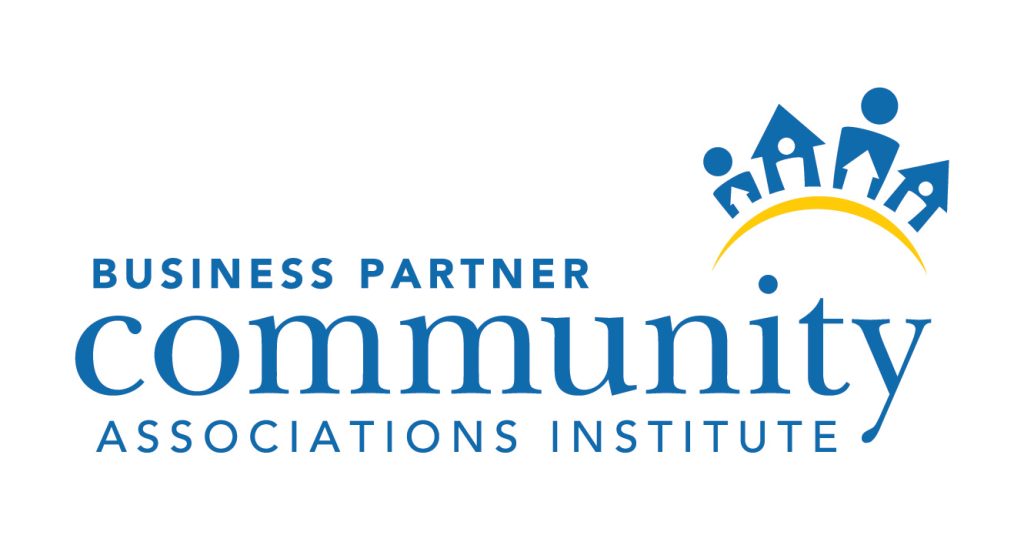Month End Closing
A simple walk through of month end closing process.

An accounting procedure followed by accountant at the end of every month to close the accounting records of current accounting month. Closing indicates that no entries will be posted in the closed period. It is processed according to a company’s predefined closing operation or is established at the time of process migration. Different activities to be performed in month-end closing can include closure of accounting period in the software, accrual entries of un-entered income & expenses, bank/ credit card reconciliations, mortgage & insurance entries, reconciling inventory discrepancies, comparison of budget vs. actual, analyzing and preparation of reports as per the requirements of management and investors. It is important to perform “Month End Closing” in every organization as this enables accountant to generate accurate and consistent financial statements accountant. It also helps in early identification of any accounting issues, bank related issues rather than at year-end. A simple walk through of month end closing process is described below.

Accounting Software Closing
Foundation of every accounting is the “Software”, it is important to initially close accounting period in the software on specific closing date. This will stop everyone other than accountant to make any changes in the accounting software in that particular month. This helps an accountant to have full control of the software to perform month end closing process accurately. Most software nowadays have a closing date option.

Standard Journal Entries and Adjustments
The whole month end closing process is guided by a month end closing checklist or a fully detailed operating manual. There are predefined or custom designed schedules that have to be completed as a part of month end closing process. These schedules include prepaid amortization schedules, accrual schedules, other accounts receivable schedules, inter-company reconciliation schedules and of course detailed bank, mortgage and escrow reconciliation schedules. These schedules are necessary to keep track of amortizations, accruals, and reconciling items. An accountant also reviews thoroughly all general accounts to check every account has relevant entries and post necessary journal entries for the missing income or expenses.
On the income side, this includes any income reclassification entries (rental income booked under non rental income), concessions and vacancy reconciliations, writing off receivables, interest income entries, recognizing billbacks and utility incomes among others. Expense entries could include accruals of missing income/ expenses, prepaid adjustment entries, amortization of expenses, reconciliation entries among others. There is a checklist that is followed for such activities.
In operations with multiple intercompany transactions and inter property transactions, reconciliations and associated accounting entries may be needed. For example, often vendor bills for expenses borne across multiple properties (such as marketing expense) may be paid by one property. In such cases, it’s a standard practice to recognize the allocated expense as a receivable in the books of the property that’s paid the shared expense bill. Similarly a payable has to be recognized in the books of the property whose portion of expense was paid by another property. This section does involve customizations to the standard procedures based on the unique business characteristics of specific clients.

Reconciliations
Multiple reconciliations are needed to be completed before a book can be deemed to be closed for a month. These include merchant accounts, credit cards, operating bank accounts, central checking accounts among others. All credit card & bank charges have to be posted in relevant month and most of the discrepancies with bank should be sorted out within time period. This is very important from collection point of view as long pending discrepancies become very difficult to resolve. Mortgage, replacement reserves, tax escrow and insurance escrow are reconciled to lending statements issued by lender every month. Other reconciliations include reconciling AP and AR balances to specific sub ledgers/aging reports, security deposit balances to specific tenants’ reports etc.

Variance Analysis
Most good property management firms maintain operating budgets. Tracking monthly expenses against budget and explanation of significant variances is an intrinsic part of monthly closing process. Analysis of actual against budget should be performed to get accurate position of company’s financials. Variance analysis can help in rectifying mistakes and help in posting necessary adjustments of prepaid & accrual of expenses. Our accountants have good experience in preparing detailed variance comments in multiple formats.

Financial Statement Preparation
The preparation of financial statements can begin only after all adjusting entries have been entered into the accounting system. Most accounting systems have financial statement generation capabilities, reducing the workload on the accountant. Most managers want to review the income statement and balance sheet. In addition to these two reports, many companies also generate a statement of cash flows and a myriad of other data-rich reports.

Financial Review
Detailed review the financial statements and completion of monthly closing checklist is done by senior accountants. In some processes, we also deploy a quality control accountant, who reviews the financials prepared by other accountants. Post preparation of financial statements, accountants would typically respond in a structured and data oriented manner to multiple queries raised by senior management. If necessary, financial analysis of the statements is also done and information dashboards are prepared.









